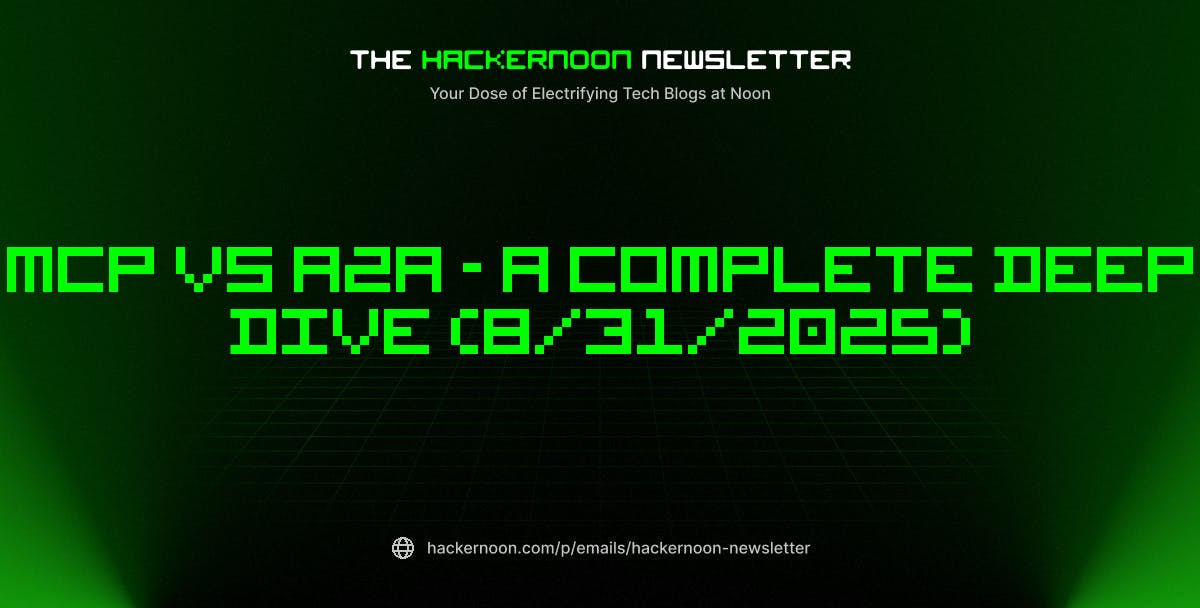Table of Links
Abstract and 1 Introduction
2 Terminology
3 Exploring the design space of vision-language models and 3.1 Are all pre-trained backbones equivalent for VLMs?
3.2 How does the fully autoregressive architecture compare to the cross-attention architecture?
3.3 Where are the efficiency gains?
3.4 How can one trade compute for performance?
4 Idefics2 – an open state-of-the-art vision-language foundation model and 4.1 Multi-stage pre-training
4.2 Instruction fine-tuning and 4.3 Optimizing for chat scenarios
5 Conclusion, Acknowledgement, and References
A Appendix
A.1 Further experimental details of the ablations
A.2 Details of the instruction fine-tuning
A.3 Details of the evaluations
A.4 Red-teaming
4 Idefics2 – an open state-of-the-art vision-language foundation model
With these learnings in hand, we train an open 8B parameters vision-language model: Idefics2. This section describes the construction of the model, the choice of the dataset, the sequence of training phases and compares the resulting model against VLMs baselines.
4.1 Multi-stage pre-training
We start from SigLIP-SO400M and Mistral-7B-v0.1 and pre-train Idefics2 on 3 types of data.
Interleaved image-text documents We use OBELICS (Laurençon et al., 2023), an open web-scale dataset of interleaved image-text documents with 350 million images and 115 billion text tokens. As shown by the authors, the long documents of OBELICS allow for preserving the performance of the language model while learning to deal with an arbitrary number of interleaved images and texts and long context. Additionally, the authors show that interleaved image-text documents are the biggest driving factor in increasing the performance on visual question answering (VQA) tasks, in particular in the in-context learning setup. We perform an additional removal of newly opted-out content in January 2024 using the Spawning API[3] even though OBELICS had already been filtered to exclude opted-out content as of September 2023. We also removed the 5% of documents with the highest perplexity scores, as computed by Falcon-1B (Penedo et al., 2023).
Image-text pairs Training on image-text pairs allows the model to learn the alignment between images and their associated texts. We use a combination of high-quality human-annotated image-text pairs from PMD (Singh et al., 2022) and higher-noise web-scale image-text pairs from (Schuhmann et al., 2022). To limit the amount of poor-quality data, we opt for the synthetic captions obtained through the LAION COCO[4] version of the dataset where images have been captioned with a model trained on COCO. This improves the quality of the training samples and thus the quality of the resulting model (see Table 6). We use a NSFW classifier5 with a high recall and remove 7% of the samples in LAION COCO. We manually inspect 5’000 examples and found 28 pornographic images in the original LAION COCO and only 1 after filtering. This filtering does not negatively impact the downstream performance.
PDF documents Sun et al. (2023) shows that a large proportion of mistakes of state-of-the art VLMs stem from their failure to accurately extract text in images or documents. In order to obtain strong OCR and document understanding abilities, we train Idefics2 on different sources of PDF documents: 19 million industry documents from OCR-IDL (Biten et al., 2022) and 18 million pages from PDFA[6]. Moreover, we add Rendered Text[7] to complement the dataset with texts written with a wide variety of fonts and colors and on diverse backgrounds. These integrations significantly boost the performance on benchmarks that require reading text without decreasing the performance on other benchmarks (see Table 7).
To maximize compute efficiency, we decompose the pre-training in two stages. In the first stage, we limit the max image resolution to 384 pixels, which allows us to use a large global batch size of 2’048 (17k images and 2.5M text tokens on average). We sample OBELICS for 70% of the examples with a maximum sequence length of 2’048, and the image-text pairs datasets for 30% of the examples with a maximum sequence length of 1’536. In the second stage, we introduce PDF documents. Since they require a higher image resolution for the text to be legible, we increase the resolution to a maximum of 980 pixels. We use the same global batch size, but have to decrease the per-device batch size and use gradient accumulation to compensate for the additional memory cost. OBELICS represents 45% of the examples with a maximum sequence length of 2’048, image-text pairs represent 35% of the examples with a maximum sequence length of 1’536, and PDF documents represent the remaining 20% of the examples with a maximum sequence length of 1’024. Additionally, we randomly scale up images to adequately cover the distribution of potential image sizes. We emphasize that the training stages are different than the ones ablated in (Karamcheti et al., 2024): instead of selectively freezing/unfreezing parts of the model, we train the entire model during both stages (some parameters are trained with LoRA) and increase the image resolution from one stage to the other.
To evaluate the base model, we consider VQAv2 (Goyal et al., 2017), TextVQA (Singh et al., 2019), OKVQA (Marino et al., 2019), and COCO (Lin et al., 2014). Table 8 presents the results. While having fewer tokens per image, and thus being more efficient, Idefics2 performs favorably compared to the other current best base VLMs (OpenFlamingo (Awadalla et al., 2023), Idefics1 (Laurençon et al., 2023), Flamingo (Alayrac et al., 2022), and MM1 (McKinzie et al., 2024)). It is notably much better at reading texts in an image. Figure 3 shows an example of an output from the base model on a task similar to the pre-training.
4.2 Instruction fine-tuning
We continue the training with an instruction fine-tuning phase.
To do so, we create and release The Cauldron[8], a massive collection of 50 vision-language datasets, covering a wide range of tasks: general visual question answering, counting, captioning, text transcription, document understanding, chart/figure understanding, table understanding, visual reasoning, geometry, spotting differences between 2 images or converting a screenshot to a functional code. Similarly to (Sanh et al., 2022; Wei et al., 2022; Bach et al., 2022; Dai et al., 2023; Li et al., 2023), each dataset is prompted into a shared question/answer format. When there are multiple question/answer pairs per image, we concatenate the pairs into a multi-turn conversation. We deduplicate the training set against the evaluation sets, ensuring that there is minimum contamination from the training to the evaluation.
In addition to these vision-language datasets and following insights from (McKinzie et al., 2024), we add text-only instruction datasets to the mixture. The datasets aim at teaching the model to follow complex instructions, solve mathematical problems, or do arithmetic calculations. We give more details about the chosen datasets, the number of images, question-answer pairs, and size of each of the subsets, as well as our selected mixture proportion in Table 14 in Appendix A.2.1.
We instruction-tune the base model using DoRA (Liu et al., 2024) (a variant of LoRA). During the fine-tuning, we only compute the loss on the tokens of the answers in the Q/A pairs. Since we are doing many epochs over some of the datasets, we employ several strategies to lower the risk of overfitting. First, we add noise to the embeddings with the NEFTune (Jain et al., 2024) technique. Then, we scale up randomly the resolution of the images during the training. Finally, when applicable, we shuffle the multiple user/assistant turns randomly before feeding the example to the model.
We evaluate Idefics2 on commonly adopted benchmarks: MMMU (Yue et al., 2024) for multidiscipline college-level problems, MathVista (Lu et al., 2024) for mathematical reasoning, TextVQA
(Singh et al., 2019) for text reading on natural images, and MMBench Liu et al. (2023) for various perception and reasoning tasks. Table 9 presents the results (see Table 15 for the complete result table) of Idefics2 against the current strongest VLMs in its class size: LLaVA-Next (Liu et al., 2024), DeepSeek-VL (Lu et al., 2024) and MM1-Chat (McKinzie et al., 2024). While being computationally much more efficient at inference, Idefics2 exhibits strong performance on various benchmarks, outperforming the current best foundation VLMs in its size category. It is on par with state-of-the-art models 4x its size, or with closed-source models like Gemini 1.5 Pro on several benchmarks like MathVista or TextVQA.
4.3 Optimizing for chat scenarios
The evaluation benchmarks expect very short answers, but humans prefer long generations when interacting with a model. We find that Idefics2 can exhibit difficulties in precisely following instructions about the expected format, making it difficult to reconcile “chattiness“ and downstream performance. As such, after instruction fine-tuning, we further train Idefics2 on dialogue data. We fine-tune Idefics2 for a few hundred steps on LLaVA-Conv (Liu et al., 2023) and ShareGPT4V (Chen et al., 2023), with a large batch size. Our blind human evaluations reveal that Idefics2-chatty is overwhelmingly preferred over its instruction fine-tuned version in many user interactions. We also adversarially stress-tested the model to generate inaccurate, biased, or offensive responses and reported the findings in Appendix A.4. We show examples of generations with Idefics2-chatty in Figure 1, and in Appendix in Figures 5, 6 and 7.
Authors:
(1) Hugo Laurençon, Hugging Face and Sorbonne Université, (the order was chosen randomly);
(2) Léo Tronchon, Hugging Face (the order was chosen randomly);
(3) Matthieu Cord, 2Sorbonne Université;
(4) Victor Sanh, Hugging Face.
[3] https://spawning.ai/
[4] https://laion.ai/blog/laion-coco/
[5] https://github.com/LAION-AI/LAION-SAFETY
[6] https://huggingface.co/datasets/pixparse/pdfa-eng-wds
[7] https://huggingface.co/datasets/wendlerc/RenderedText
[8] https://huggingface.co/datasets/HuggingFaceM4/the_cauldron

















